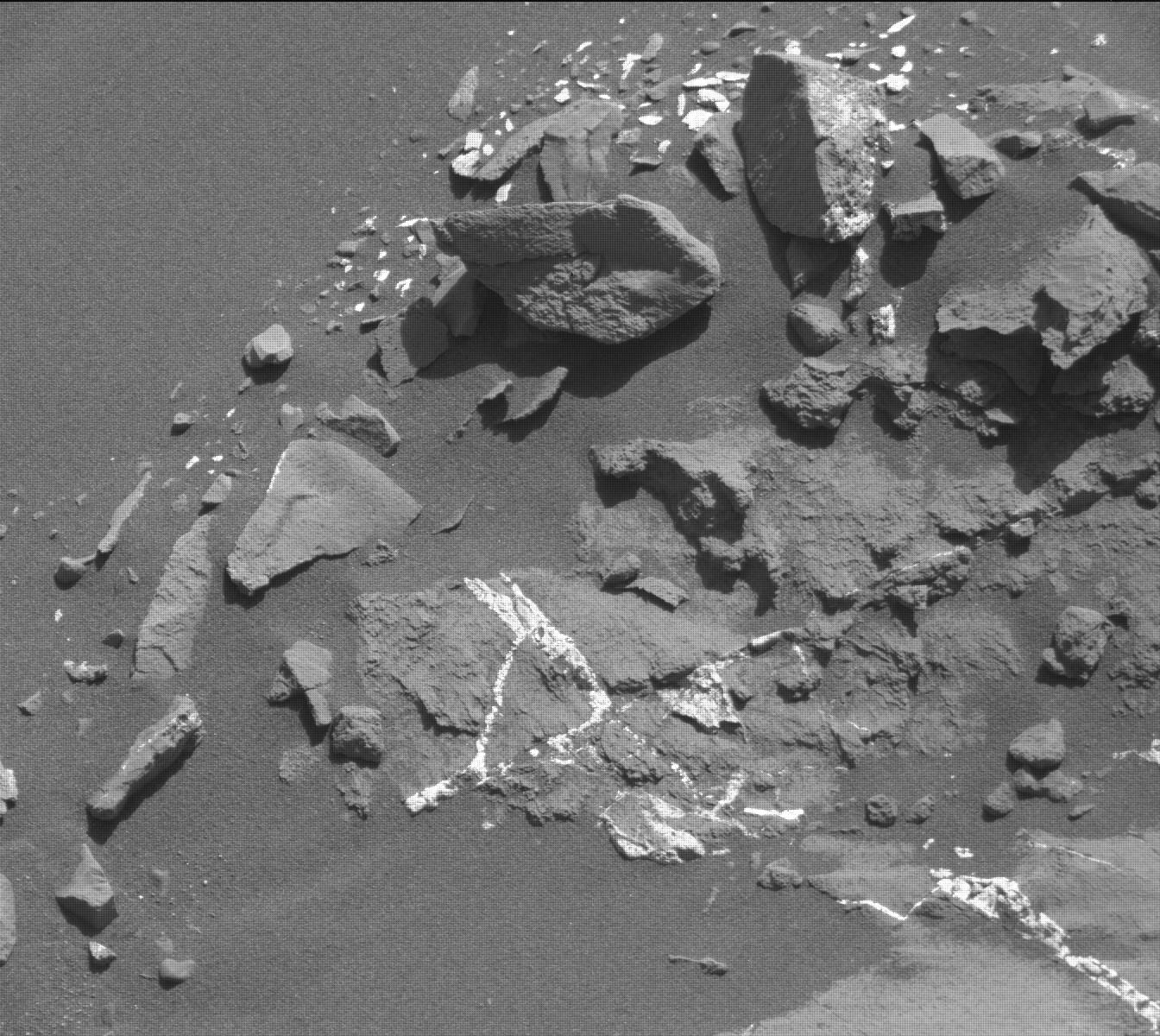2015 was a somewhat spectacularrr in solar system exploration. Astounding pictures and data came in from New Horizons at Pluto. Rosetta watched 67P/Churyumov–Gerasimenko become active as it passed through perihelion. Intriguing images of Ceres were sent by Dawn. Curiosity provided millions of years worth of stratigraphic information, and data from Mars Reconnaissance Orbiter was used to show the presence of liquid water on Mars’s surface. Japan placed Akatsuki into orbit around Venus, which is the first probe they have successfully put into orbit about another planet. At Saturn, Cassini engaged in closer and riskier flybys of moons, heading towards its disposal in 2017. Deep Space Climate Observatory was placed at Lagrangian point L1
So what is in store in 2016?
Much of the above is ongoing: more data will come through from Dawn, Rosetta, various Mars orbiters and rovers, Cassini, Akatsuki. Rosetta is still active and there remains some hope of restarting contact with the Philae lander: the main ship will be brought closer and closer to the comet, and will impact around September this year. Cassini will run some very close passes of Titan. Dawn will provide higher resolution images of Ceres, and Curiosity will go higher up Mount Sharp, mapping more of Mars’s geological history.
Juno will arrive at Jupiter in July 2016. Whereas Galileo spent most of its time characterising the moons of Jupiter, Juno will be very much focused on Jupiter itself, including determining its internal solid structure.
OSIRIS-REx will be launched: this will be NASA’s first asteroid sample return mission. It won’t be arriving at asteroid Bennu until 2019.
The ESA’s first ExoMars launch will also take place in 2016. This consists of the ExoMars Trace Gas Orbiter and Schiaparelli EDM lander. It will also arrive in orbit in 2016. There will be another ExoMars launch in 2018.
So in terms in incoming data, perhaps not as spectacular as 2015.
One other planned event is the inaugural launch of China’s Long March 5 rocket, which will have a 25 tonne LEO capacity … but frankly they’ve been projecting this inaugural launch for some years now.




